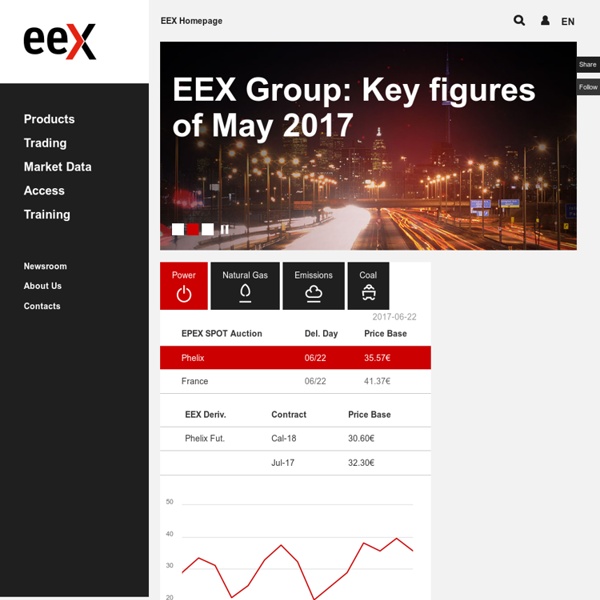



The EU Emissions Trading System (EU ETS) The EU ETS: operates in 31 countries (all 28 EU countries plus Iceland, Liechtenstein and Norway) limits emissions from more than 11,000 heavy energy-using installations (power stations & industrial plants) and airlines operating between these countries covers around 45% of the EU's greenhouse gas emissions. For a detailed overview, see: EU ETS factsheet (466 kB) EU ETS Handbook (3.19 Mb) A 'cap and trade' system The EU ETS works on the 'cap and trade' principle. A cap is set on the total amount of certain greenhouse gases that can be emitted by installations covered by the system. Within the cap, companies receive or buy emission allowances which they can trade with one another as needed. After each year a company must surrender enough allowances to cover all its emissions, otherwise heavy fines are imposed. Trading brings flexibility that ensures emissions are cut where it costs least to do so. Key features of phase 3 (2013-2020) The main changes are: Sectors and gases covered
Energy Efficiency - State of Green Saving energy in buildings Buildings account for 40 per cent of the global energy consumption and nearly the same share of CO2 emissions.Consequently, reducing the energy consumption of buildings will be a key priority for any country or community striving to save money and reduce CO2 emissions. With today’s existing technologies, it is possible to reduce energy consumption in buildings by at least 50 per cent, and possibly as much as 80 per cent. These huge savings can be made quite easily with simple measures such as energy-efficient windows, insulation materials, heat regulators, ventilation systems and lighting,just to mention a few. Denmark has been a world leader in energy efficiency in buildings for decades and energy-efficient solutions are widely implemented in newly built and refurbished housing, offices and public institutions all over the country. Join the Future.
Mission & Vision | Carbon War Room The Carbon War Room accelerates the adoption of business solutions that reduce carbon emissions at gigaton scale and advance the low-carbon economy. Carbon War Room focuses on the market barriers that reinforce the status quo and prevent capital from flowing to sustainable solutions with compelling returns. Often, strong policy is a necessary but insufficient condition, and technology is not the bottleneck: Capital has to flow to solutions in a well-functioning market-place. Our vision is a world where over $1trillion invested in climate change solutions is an annual occurrence, not a historic milestone (Bloomberg New Energy Finance).
NAESCO: National Association of Energy Service Companies GHG and Carbon Accounting, Auditing, Management & Training | Greenhouse Gas Management Institute - Online Training The Economics of Renewable Energy: Falling Costs and Rising Employment | Adnan Z. Amin The general public perception of renewable energy is often in terms of saving the environment and reducing global carbon dioxide emissions. While it is true that renewable energy provides great environmental benefits and may yet prove to be our main hope for decarbonization, it is just as true and often overlooked that renewable energy provides considerable economic and social benefits. Take jobs for example. While the bulk of employment is found in a relatively small number of countries, more and more countries are deploying renewable energy and creating jobs. Solar PV is the largest renewable energy employer with 2.5 million jobs worldwide, up from 2.3 million at last count. Wind is another example where falling costs are creating new jobs. The new reality is that the cost of generating power from renewable energy sources has reached parity or dropped below the cost of fossil fuels for many technologies in many parts of the world. The economics of renewable energy are now undeniable.
CO2 Now | CO2 Home